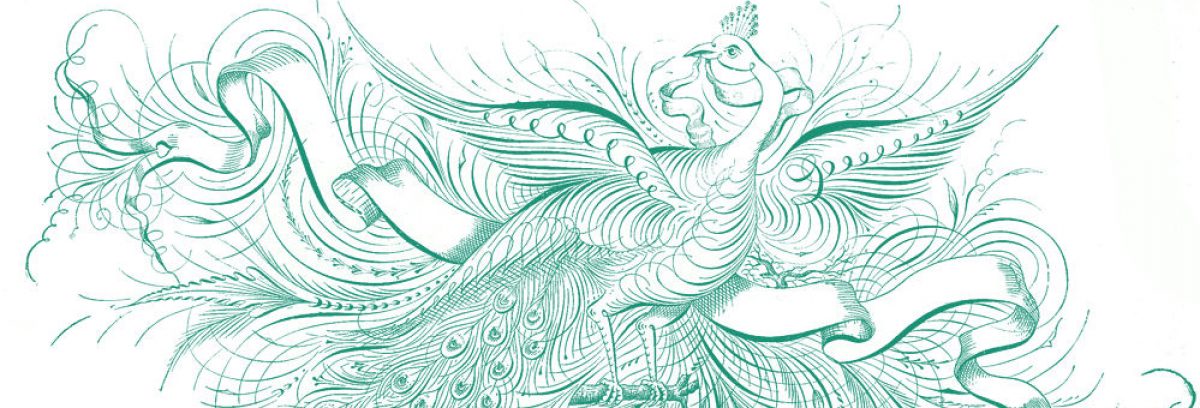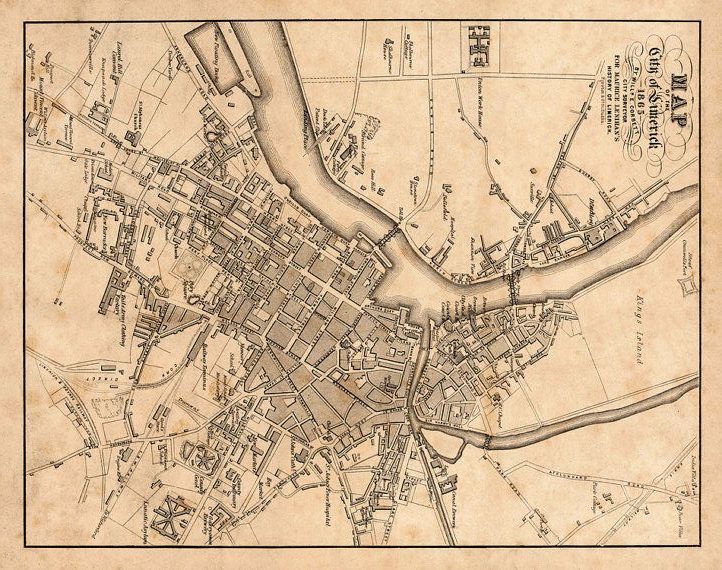For this assignment looking at creating a data story or narrative around a given dataset, I decided to take a look at the ranking of video game sales Dataset spanning between 1980-2005. There is a huge amount of information within this dataset making it quite useful for drawing a number of different conclusions. I dont a few different versions of the visualisation with different variables and I’ll be looking at a few different contributing factors to the data, including; the increase and decrease of CS graduates during these times (mainly in America as there is more documentation on this) as well as the economic state of each of the main countries and how video game platforms became more available for the working class over this period of time.
My reason for choosing this dataset part from the huge amounts of data one could pull from it was because it was something that interested me, I grew up playing video games as did most of my generation and nowadays there are just so many genre and trends that move at such a pace to try and represent them in data form would be an incredible undertaking. Online society moves at such a speed and with such changing moods that to create a map of what we play ( even localised to just console games) would take a huge amount of time, with the introduction of emulators to take modern game sales as a certainty that someone is using that specific game console would be foolish, I myself use at least 4 different emulators for gaming. To create clear maps or trends you really do have to go back to when the data was easier. Nowadays the variables to take into account grow by the day. Looking at whether a game sold well because of its genre isn’t enough, you need to look at whether its open world, does it allow co-op, does it hold a good narrative, is there a high level of customisation. Another factor that we already see affecting game sales is whether or not the game will stream well, streaming really does affect how communities view a game and if they want to go out and purchase it, either as a way to bond with a favoured creator or streamer or to play along with them while watching their streams. The game industry is ever growing and thankfully this dataset I’m going to look at stops just around the beginning of youtube which would have greatly skewed results because of gaming youtubers driving sales no matter the genre or publisher.
To begin I did a few different visualisations where I break it down by grouping how many games were published by different consoles, and their sales, mainly looking at the difference between EU and NA. I didn’t look too much into the Japanese Sales much specifically because it has a very different gaming culture to more westernised countries and in regards to population size it because more of an outlier in the data.
Above is a representation of the amount of games published by the different development companies versus their sales in NA and EU. So this is also over the 35 year span from the 1980’s to the late 2010’s.
Let’s look firstly at a few things we can obviously see the difference in between the two graphs. Most evident is the console that sold the most. North America have always help a long affinity for Microsoft over Sony leading to this cult like love of xbox over say the Wii or PlayStation, now this very much ties into the societal view of ‘American made’ is better and although nowadays the younger generation wouldn’t hold that view in high regard it is still ingrained in their systems. Xbox also focuses on specific genre and FPS games, their best sellers are action games with a high cinematic FPS for immersive gaming. Also huge importance in their top games is the co-operative aspect so you’re getting high grade graphics, a online network for playing however usually a poorer story narrative. Even looking at their top selling Sony game, its a co-op open world that is action based. How society flows really does influence the consumer and one could theorise that the mass playing of these violence based action games is due to a societal desensitisation to violence from a young age in comparison to the European market, (not saying Europe isn’t equally violent but at the beginning of our video game era there was much less of a romanticising of war compared to the army patriotism seen in the US).
Now looking at the EU sales, many of the top games are similar when looking at more recent sales, again we see a huge difference in the most popular console games sold. Sony taking the top two spots over Xbox with open world adventure games in the higher ranking and then moving into the early 2000’s games which were very much within the high fantasy genre and not all of the being co-operative based games. You’re also seeing more of an even distribution over the older games and consoles sold during this time, yes we do like to keep with the time but it’s obvious consoles were being kept in circulation longer than they were in NA, now a factor for this is definitely economy and how accessible it was to the average consumer. Another factor is the arcade scene in America that would also have carried considerably more Sony games and and personal purchases of the high gpu games would have been higher as they’re less likely to be carried in the regular arcade scene.
Below I’m going to show the representation of the sales specific only to genres and not their publishers, You’ll see the genres aren’t actually dissimilar between NA and EU.
If we look at this in comparison to the game sales in regards to the publisher we can see there is little to no difference between what genre bought but very obviously a difference in the game systems and developers bought. People enjoy buying a name and we get this inherent bias towards the publishers we grew up with. I know on a personal level I will always steer towards PS2 games because that’s what I grew up with (Although I do love Halo the game, the books are more interesting) and many Europeans would have a similar view as sony was a household name here for many products both within and outside our home entertainment systems.
Next what I wanna look at is a little case study I thought of while going through all of this data, and that is the correlation between the sales of games and Computer science graduates. I was only able to find a good graph on the graduates for this from Stanford so I will be focusing on NA sales for the next few graphs.

I’ll give some context for the above graph. The rise of personal grew and the market need for coders and competent workers increased exponentially, colleges began allowing larger numbers of students into their CS majors. So we see an increase in students who are capable and many of which will continue on into faculty and high paying jobs. The peak in this graph is important, colleges began to hit capacity for their degrees and companies became more desperate for computer competent workers but with the allowance of large numbers of students quality dropped and college’s began implementing harsher GPA minimum requirements for the entrants. While this was happening although companies were hiring lecturers and paying them a much higher salary as the need for workers in creased so courses were losing faculty while struggling with maximum capacity classes, and then with the introduction of higher gpa requirements the message of CS being ‘unwelcoming’ spread and many resorted to self teaching and development.
Did this affect the development and sales of game released over this time and in the let’s say the 3 subsequent years? It actually did a little bit, you can see the peak in graduates and those interesting in CS does follow a similar pattern to the sales of games. Now something I’d like to look at once ia brush up on my SQL so I can go through and sort the data better is to isolate the release of games over the following decade to the fall in CS bachelors from only american game dev companies, or companies that had large NA offices. However, for the purpose of this assignment I’ll not delve into that because I have 4 other essays due in the next two days and my brain cannot do that right now.
So to form some conclusion from the whole post, we see that although EU and NA have incredibly similar genre bias but publisher and game bias changes a huge amount between the two areas, many contributing factors to this mainly on the shoulders of microsoft and it homeground development it the xbox industry. Another factor of this is that up until recently it was very uncommon for a developer to publish a multi console game compared to nowadays where it is almost expected there to be some movability of the games across platforms or for the games to at least be able to be played on emulators to a high quality.








